mtholen
Full Member
- Aug 17, 2012
- 122
- 55
- Detector(s) used
- Bounty Hunter 501
- Primary Interest:
- All Treasure Hunting
Picked up these two maps at the thrift store last week they appear to be Dutch, and have 1697 & 1696 on them.
Attachments
-
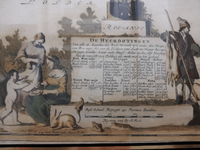 ForumRunner_20130121_200313.png159.4 KB · Views: 176
ForumRunner_20130121_200313.png159.4 KB · Views: 176 -
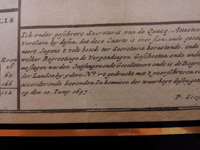 ForumRunner_20130121_200325.png126.3 KB · Views: 179
ForumRunner_20130121_200325.png126.3 KB · Views: 179 -
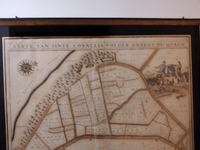 ForumRunner_20130121_200400.png138 KB · Views: 181
ForumRunner_20130121_200400.png138 KB · Views: 181 -
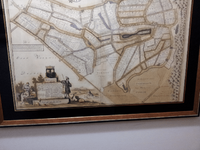 ForumRunner_20130121_200418.png153.9 KB · Views: 171
ForumRunner_20130121_200418.png153.9 KB · Views: 171 -
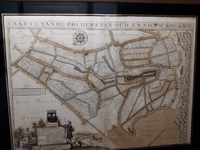 ForumRunner_20130121_200456.png154.7 KB · Views: 183
ForumRunner_20130121_200456.png154.7 KB · Views: 183 -
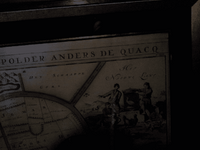 ForumRunner_20130121_200517.png59.5 KB · Views: 160
ForumRunner_20130121_200517.png59.5 KB · Views: 160 -
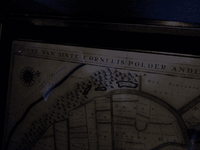 ForumRunner_20130121_200538.png65.3 KB · Views: 165
ForumRunner_20130121_200538.png65.3 KB · Views: 165



